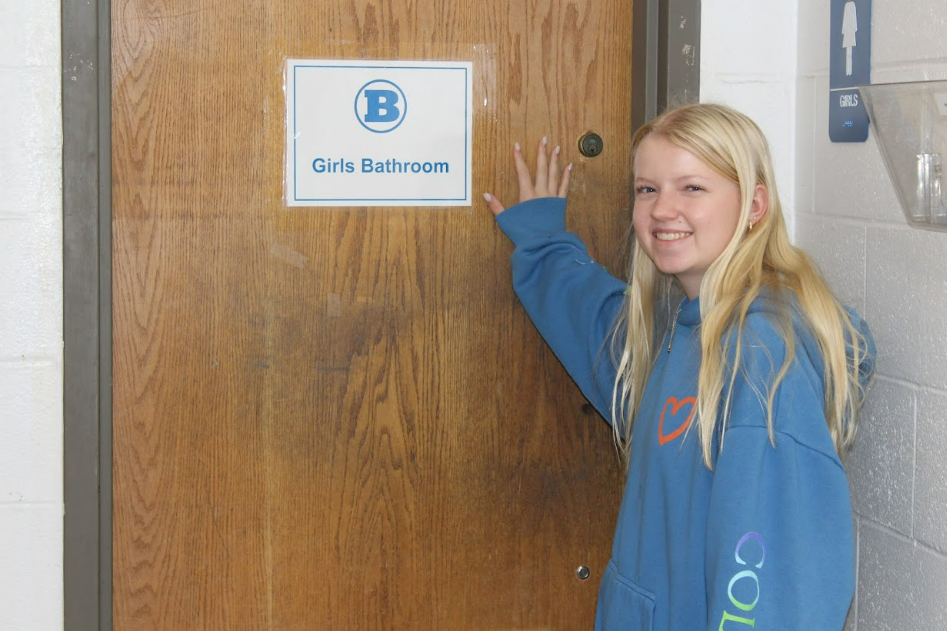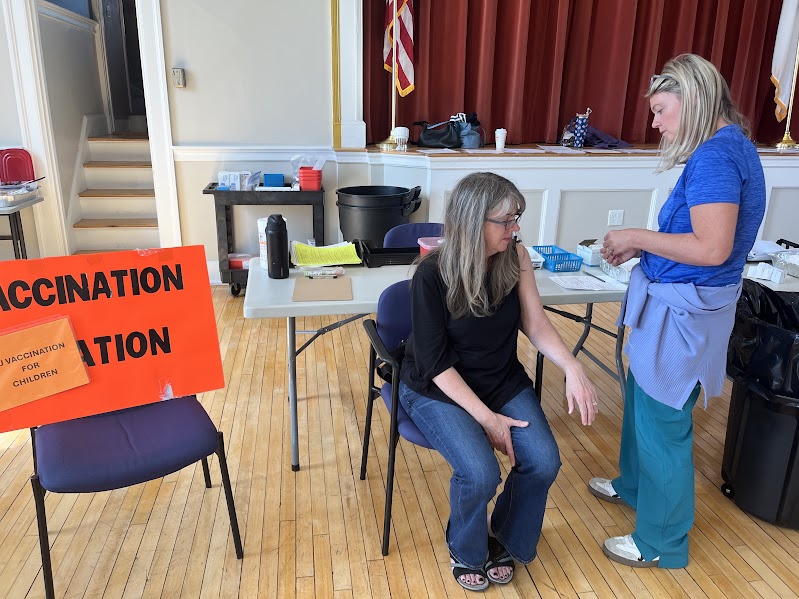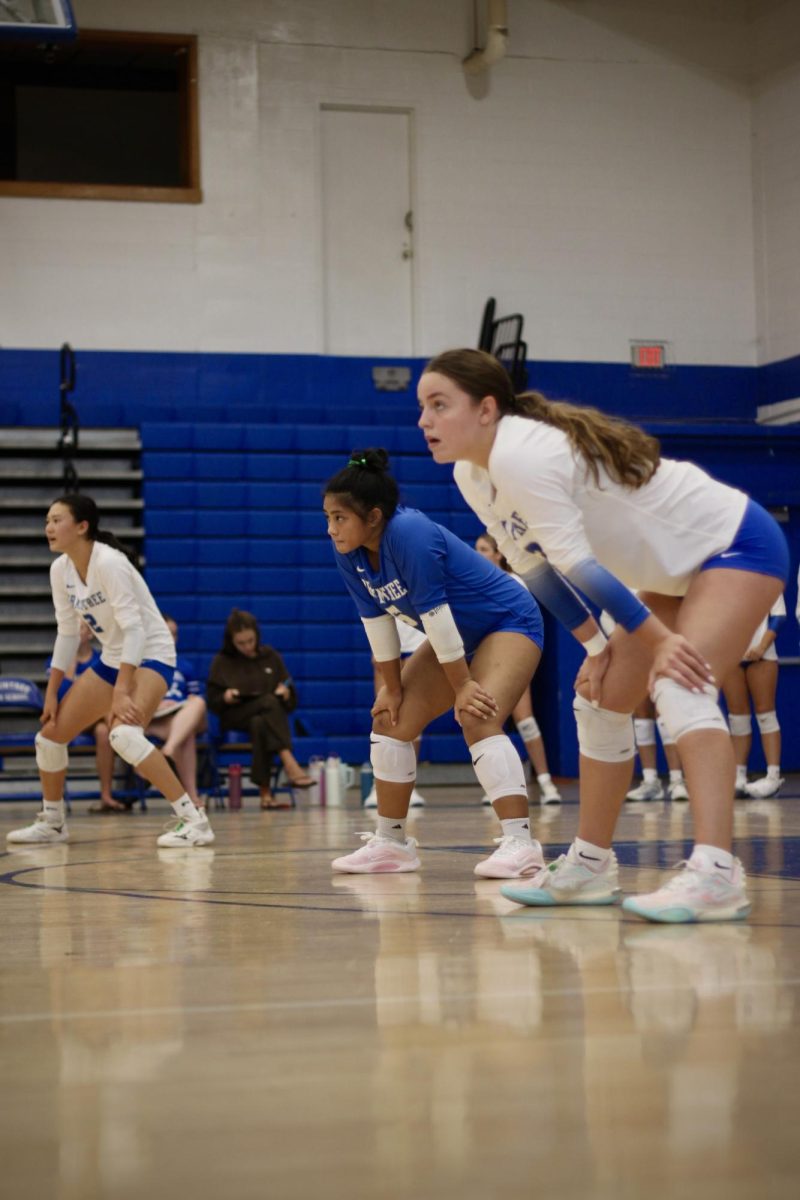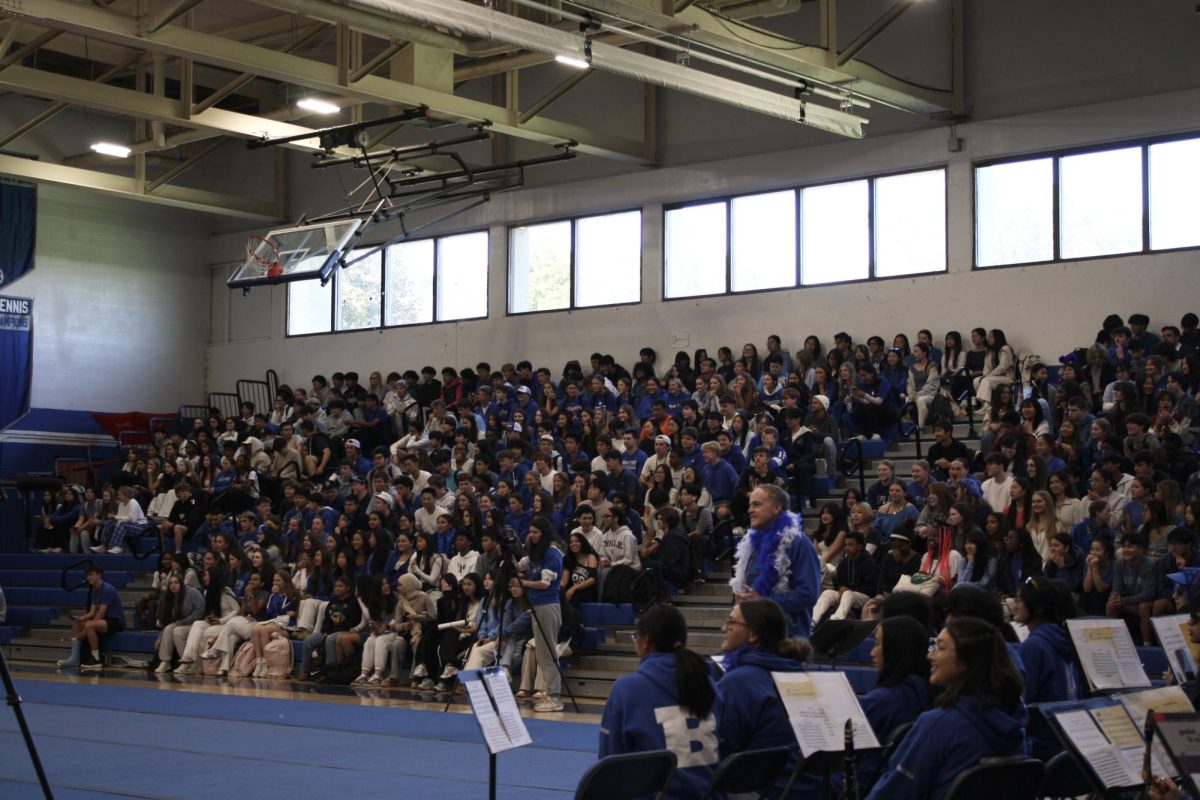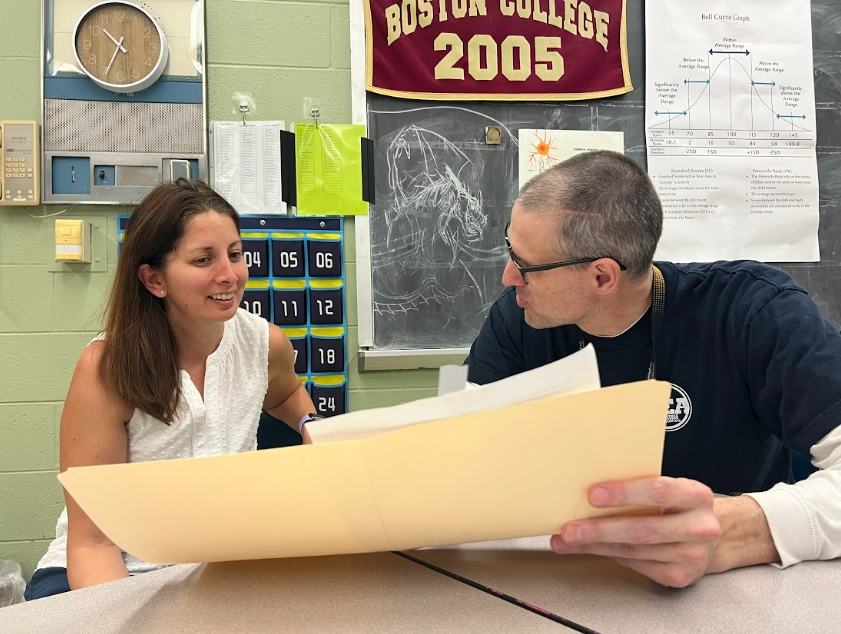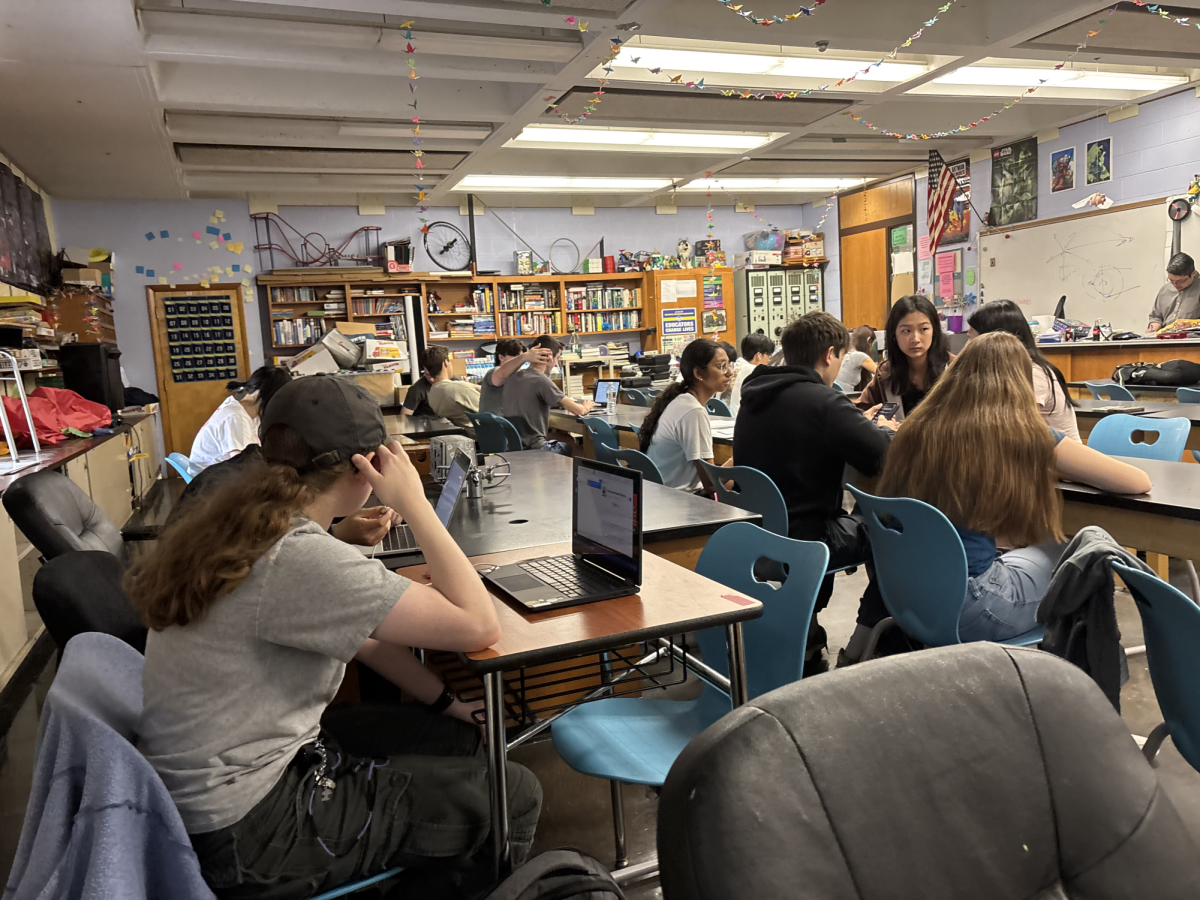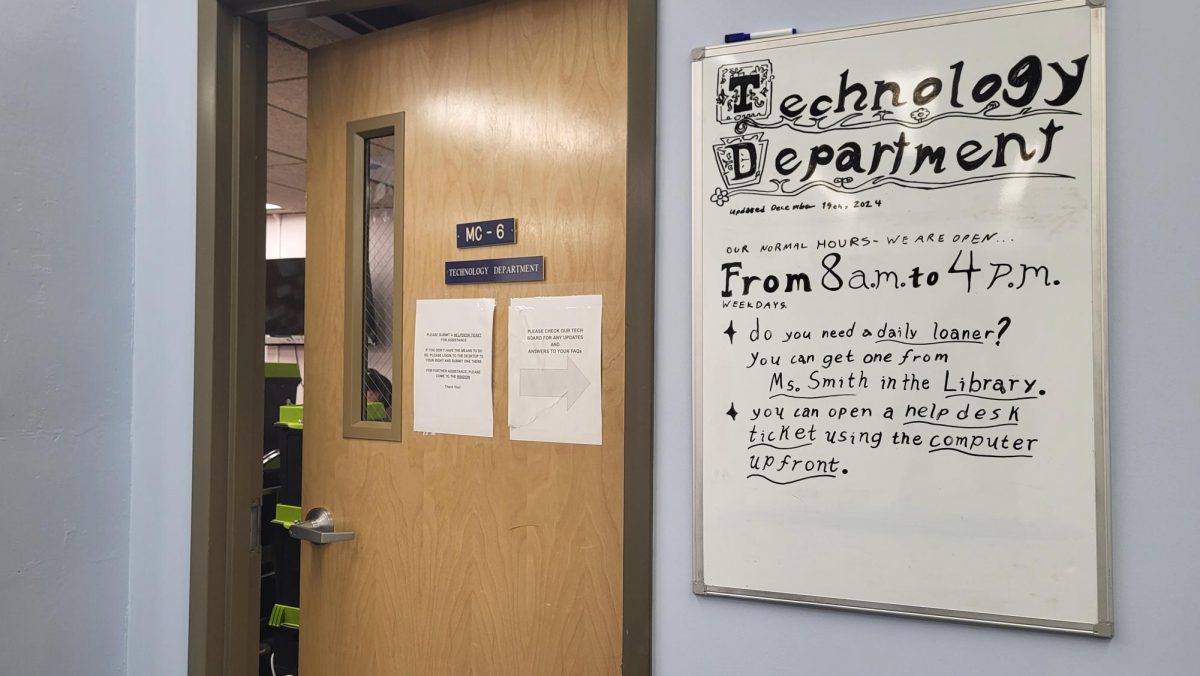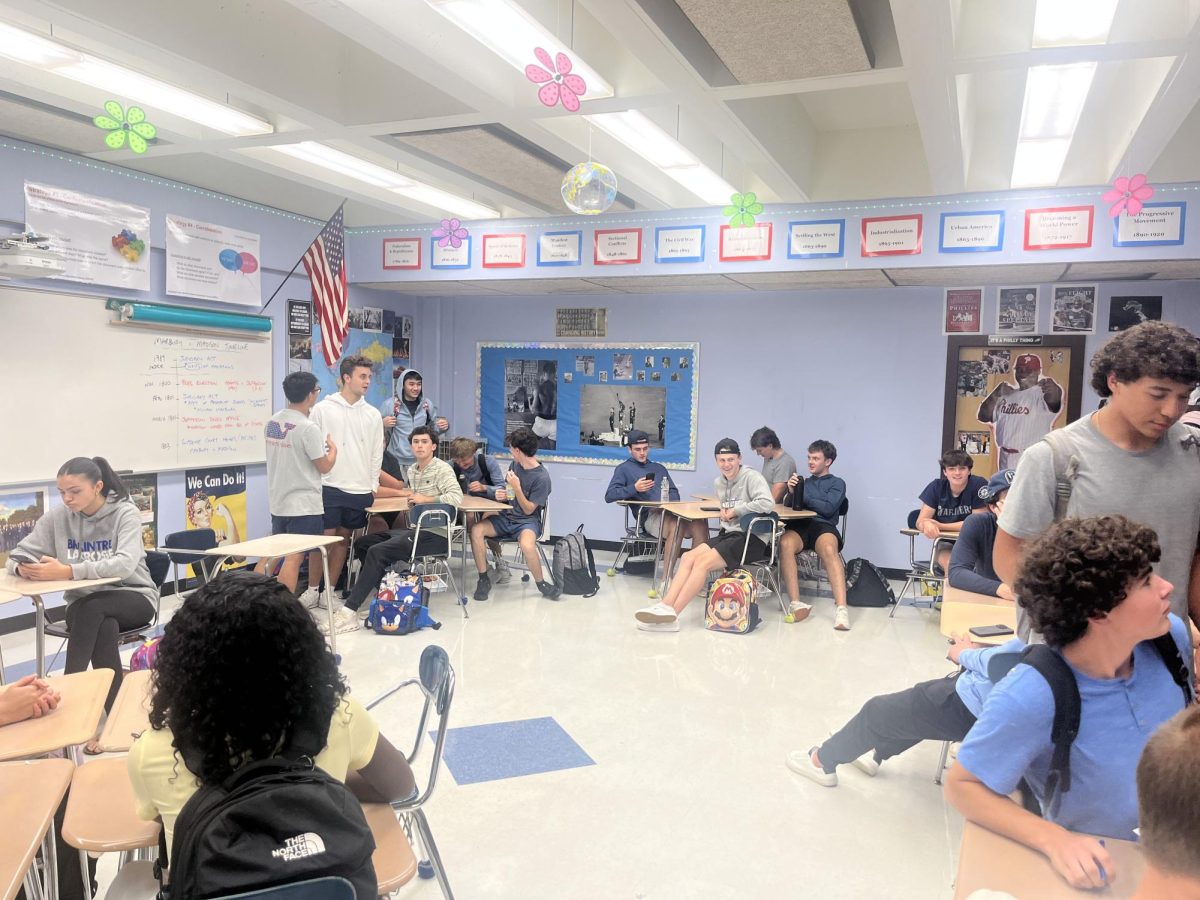Dim projectors, static speakers, and slow computers. These are all things a student at Braintree High will encounter—and get sick of—over their four years of attendance.
“Unfortunately, nobody thinks tech is important until it breaks on them,” says Jon Brace, the Senior Tech Manager of the Braintree school district.
Despite all this, Braintree is at a better point now than it has been in a long time thanks to the efforts of the Tech Department, especially considering their limitations.
Brace explained, “We are a public school district, [so] we don’t get a ton of funding. All of our funding is what the town gives us, but it’s shared with the rest of the departments. It’s used to buy your science experiments, it’s also what’s used to fix broken pipes and other things in the building. I kind of have to share that money, so I just get a portion.”
Frustration came with the limited budget, especially considering that in late 2025, Windows 10 will no longer be supported and a lot will have to change.
“We have a lot of older machines, so my network admin has been messing with different images, and different driver packages to see what we can still make work next year and what we have to replace,” Brace continued.
Mr. Keaney, a design teacher in the school, has discontent with the lack of upgrades for technology in his classroom because of how it may affect students in the future.
“With technology advancing, if a kid wants to pursue graphic design after they graduate, they might not be as familiar with what they can do when they get to college or the real world, because the tech here is behind what you would be using out there.”
The question remains: What has been done in the absence of remodeling the tech structure in classrooms themselves? According to Brace, it’s been a lot of making sure the network can handle what it’s been given.
“Over the last three or four years we’ve been swapping out all the switches in the closets, [so] we have all this fancy new hardware. It used to be 24-port but now we’ve got 48-port switches to make sure we had room for everything. We’ve doubled the amount of access ports we have in every building. The backbone is good right now, it’s all new hardware and we haven’t had any network outages.”
One thing that has to go in the near future are the projectors in classrooms—a common complaint of students and staff alike.
“They’re just not cost effective,” says Brace. “The Epson ones that are close to the whiteboards aren’t maintainable. We have to spend about $100 to $200 a year on each one for bulbs because you can’t get the bulbs easily anymore since the projectors are so old. You need to have all these wires run and there’s so many failing points and it eats up a bunch of space in my storage.”
Brace has multiple plans for the future, most depending on when the high school will get remodeled.
“Middle schools all have new equipment because of the property and the building projects. With the high school I’m hoping it gets done in the next few years. We’ll see if it does, and if it doesn’t, I do have a plan for swapping out the rest of the teacher stations for laptops and we’re going to be pretty aggressive with the interactive Flatpanels, getting rid of the projectors that are failing.”
Beyond that, the future is as open for the tech department as it always has been. With technology advancing, it can be hard to tell where to go next, but something always has to get done.
“Some people embrace change and some people are scared of change, but we can’t keep antiquated technology just because people want to,” Brace concluded. “Technology is always going to change. You have to catch up eventually.”


